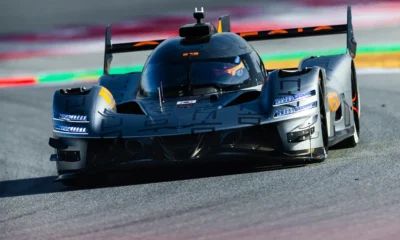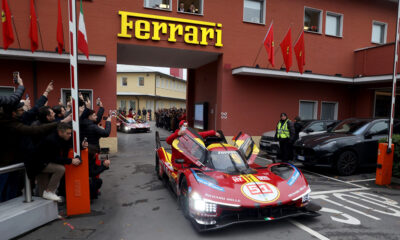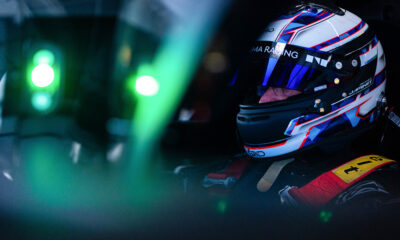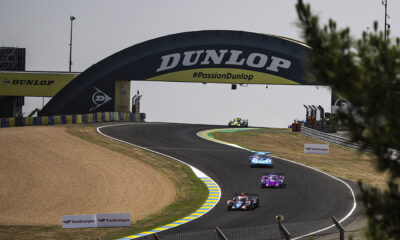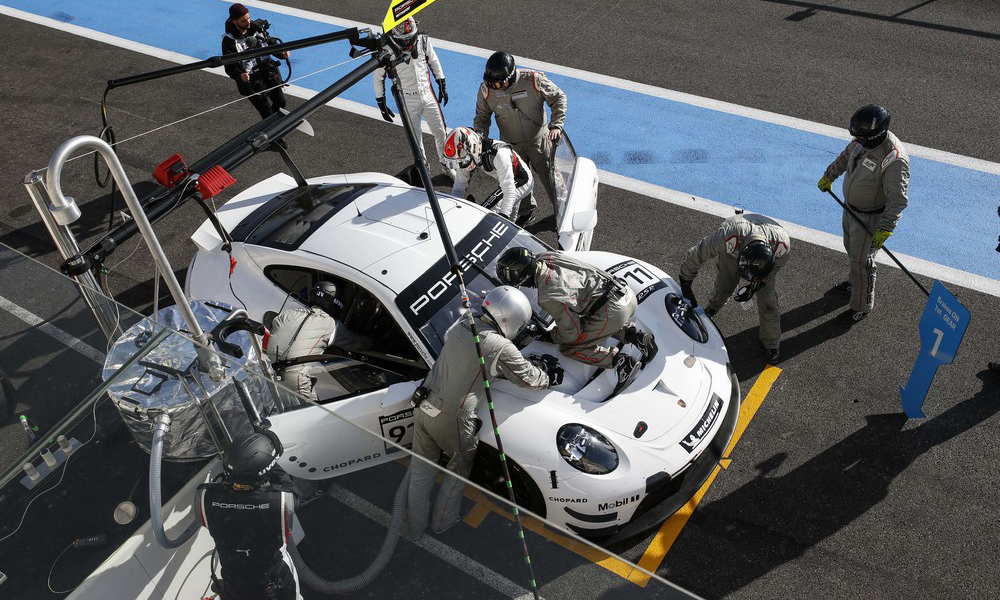
Photo: Porsche
Porsche considered switching to a turbo powerplant for its recently-launched GTE race car before abandoning the idea early in the concept phase.
Director of Porsche GT factory motorsport Pascal Zurlinden told Sportscar365 that the idea was talked about during the 911 RSR-19’s early development in 2017 but was ultimately scrubbed.
The manufacturer elected to fit the new Porsche, which was unveiled at Goodwood last weekend, with a normally-aspirated flat-six boxer engine in line with its predecessor.
Several GTE constructors have opted for turbos in their most recent offerings, with BMW, Ford, Aston Martin and Ferrari all running the power type in last season’s FIA World Endurance Championship.
Chevrolet, meanwhile, is also set to make the switch to turbo in its replacement for the Corvette C7.R next year, leaving Porsche as the only GTE manufacturer with a normally-aspirated engine by 2020.
“We discussed it, but we decided that we could reach the same performance in a turbo as we could see in a normally-aspirated engine,” said Zurlinden.
“In the concept phase, we decided that we should stick to our concept.
“Bringing a turbo would have probably added more weight to the car and made us add new systems, and we didn’t see the need to complicate this.
“Since our Porsche 911 GT3 RS road car already [has] a normally-aspirated engine, we decided to just stick to what the tradition is.”
The main change in the new Porsche 911 RSR from its outgoing namesake is the exhaust system, which now exits in front of the rear wheels instead of at the back of the car.
Zurlinden said there were four main reasons behind this switch.
“One reason is for packaging and aerodynamics because it gives more freedom at the rear,” he explained.
“The second point is weight, because [the new exhaust] is the shortest way between our boxer engine and the outside of the car. It means the car is really light.
“And the third reason is that it increased the torque of the engine, which makes the driveability of the car a bit better.
“Also, from the old car, we learned that we had more crashes from the back which would damage the exhausts, so we moved them to the side because there we had much less damage from our competitors.”
Zurlinden added that Porsche also changed its approach to the refueling ducts on the car’s bonnet.
“If you look at the car, you can now change from refueling on the right side to the left side,” he said.
“We found out in the aero development that it isn’t a big difference if you open or close them now, so we decided to leave them both open. It also fits well in the design.”
Customer Car Numbers “Already Fixed”
Zurlinden confirmed that Porsche plans to sell the car in a batch of ten race-going units, while GTE-Am teams will be eligible to run it from the 2020-21 WEC season.
A total of 12 of the outgoing GTE machines were sold, while supply was expanded midway through the program following increased interest from privateer teams.
Zurlinden explained that Porsche consulted both its factory teams and customer partners when designing the 911 RSR-19.
“The idea of what the car would look like was there right from the start of the concept phase,” he said.
“In this phase, we took a lot of feedback from our WEC and IMSA works teams. We got a lot of feedback from our customer drivers [who drove the previous 911].
“We asked them about the ergonomics, and how we can improve on the driveability side to make their life easier. This went all together into the car.”




















